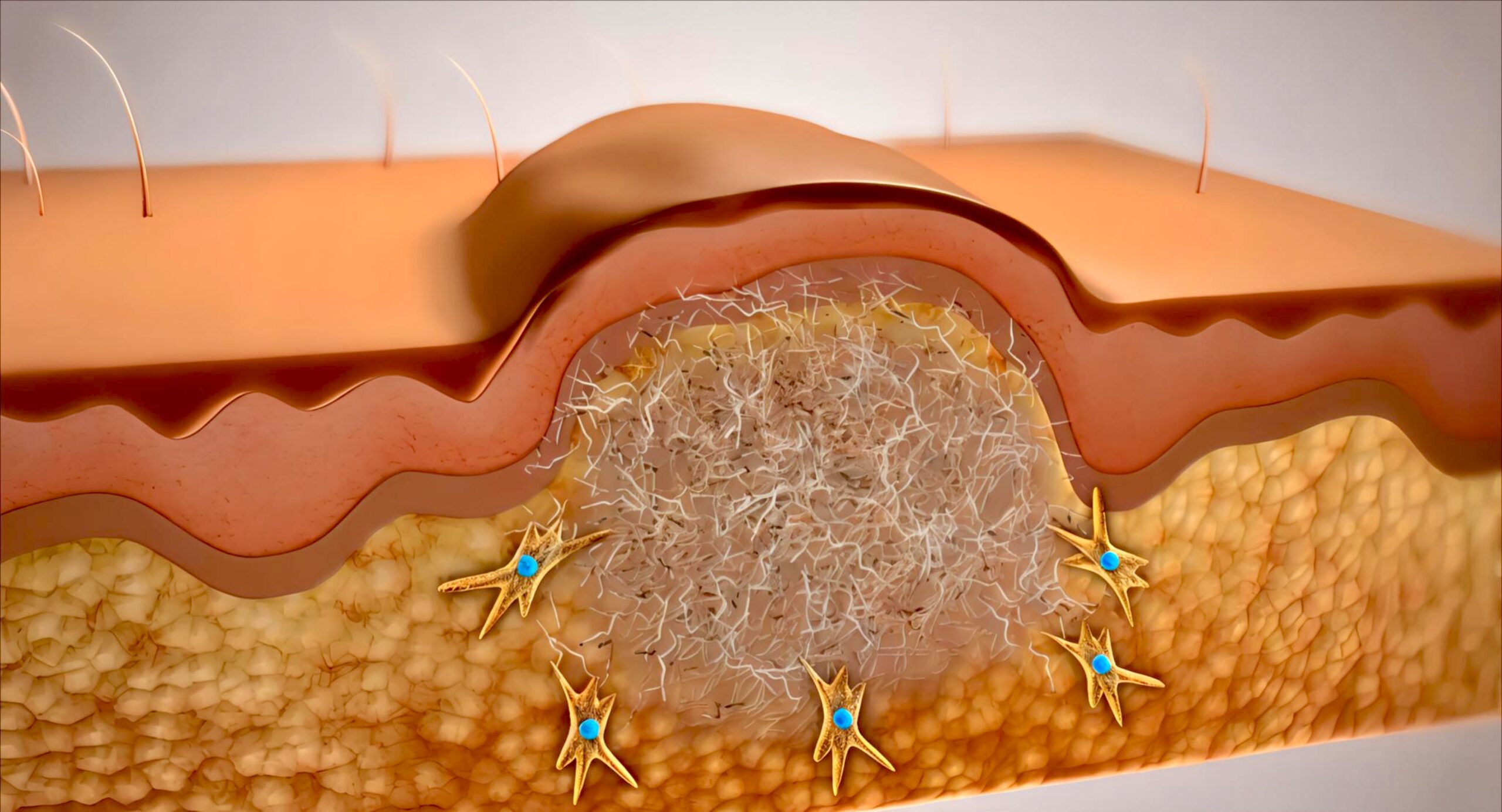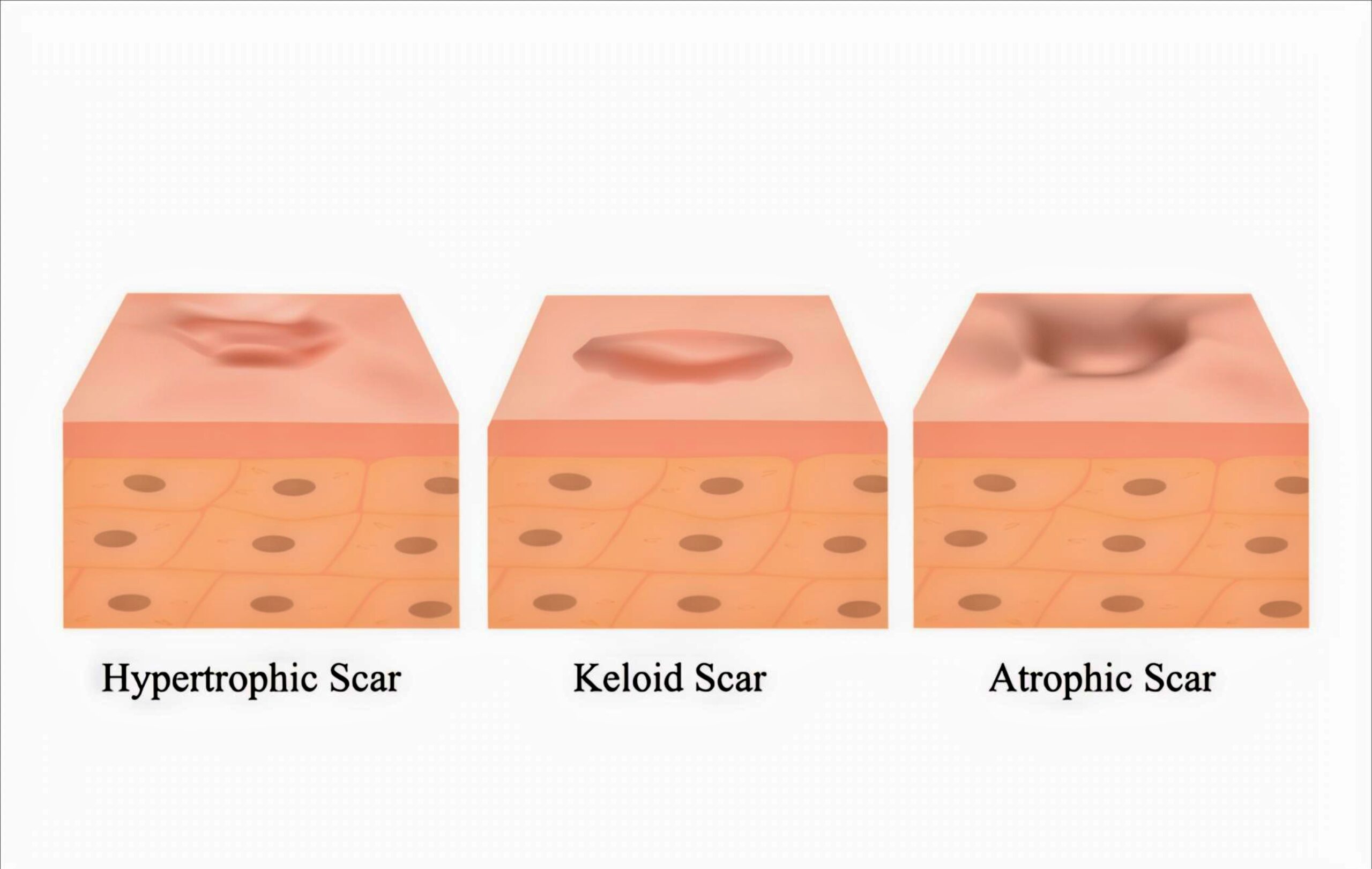Discover effective ways to prevent, control, and treat keloid scars. Learn about home remedies, clinical treatments, and expert-backed advice to manage keloids naturally and professionally.
Introduction: What Are Keloids?
Keloids are thick, raised scars that occur when the skin overreacts to an injury. Unlike regular scars, keloids grow beyond the boundaries of the original wound. They’re often shiny, lumpy, and may vary in color from pink to dark brown depending on skin tone. While they are not harmful to health, keloids can be itchy, painful, and cause emotional distress, especially if they appear on visible areas like the face, chest, or shoulders.
If you’re struggling with keloid scars, you’re not alone—and more importantly, there are ways to manage and potentially reduce them. In this guide, we’ll explore the causes, control methods, and proven treatments for keloids, both natural and medical.

Causes of Keloids: Why Do They Form?
Understanding what causes keloids is the first step to controlling them. Keloids usually form due to:
- Skin injuries: Cuts, burns, acne, surgical incisions, or even piercings.
- Genetics: If your family members are prone to keloids, you’re more likely to develop them.
- Skin tone: People with darker skin—particularly those of African, Hispanic, and Asian descent—have a higher risk.
- Tension on wounds: Areas with more movement or tension during healing may develop keloids.
Can Keloids Be Prevented?
Preventing keloids is easier than treating them, especially if you’re prone to developing them.
Prevention tips:
- Avoid unnecessary cosmetic procedures like piercings or tattoos if you have a keloid history.
- Treat acne aggressively to prevent deep skin lesions.
- Use silicone sheets or gels on healing wounds.
- Keep wounds clean and covered to reduce inflammation.
- Avoid excessive sun exposure on healing skin.

Natural Home Remedies for Keloids
While home remedies won’t completely remove a keloid, they may help reduce inflammation, flatten the scar slightly, and prevent further growth.
1. Aloe Vera
Aloe is known for its soothing, anti-inflammatory properties. Apply fresh aloe gel directly to the scar twice a day. It helps soften the tissue and reduce irritation.
2. Apple Cider Vinegar
ACV can help break down tough scar tissue. Dilute it with water and apply it gently with a cotton pad. Use once daily and monitor skin for irritation.
3. Tea Tree Oil
An antibacterial and anti-inflammatory oil, tea tree oil may prevent keloid thickening. Always dilute with a carrier oil (like coconut oil) and apply lightly.
4. Garlic Extract
Garlic limits fibroblast production, which can help control keloid growth. Apply a garlic paste for a few minutes and rinse. Avoid leaving it on too long to prevent burns.
Note: Natural remedies can work gradually. Always patch-test first and discontinue if you experience irritation.
Over-the-Counter Treatments
If home remedies aren’t enough, OTC treatments may provide better results.
1. Silicone Gel Sheets
Clinically proven to flatten and soften keloids, silicone sheets create a protective barrier over the scar and retain moisture, improving appearance over time.
2. Hydrocortisone Creams
These reduce inflammation and itching, especially helpful for new or irritated keloids.
3. Scar Reduction Gels
Look for products with ingredients like onion extract (e.g., Mederma) or allantoin. These can help minimize the size and color of the scar over time.
Professional Treatments for Keloids
For more advanced or stubborn keloids, medical treatment might be necessary. Always consult with a dermatologist or plastic surgeon before proceeding.
1. Corticosteroid Injections
This is one of the most common clinical treatments. Steroids help reduce inflammation and flatten the scar. Multiple sessions may be needed for best results.
2. Cryotherapy
This involves freezing the keloid with liquid nitrogen. Best suited for small keloids, especially when combined with other treatments.
3. Laser Therapy
Lasers can reduce redness and flatten keloid scars. It’s a gradual process and may require multiple sessions.
4. Surgical Removal
Doctors can surgically remove a keloid, but this comes with a high risk of recurrence. Usually, this method is combined with other treatments like radiation or steroid injections.
5. Radiation Therapy
Used in severe cases, radiation is applied after surgical removal to reduce recurrence risk.

Lifestyle Tips to Control Keloid Growth
- Massage the scar: Gentle massage with moisturizing creams can help soften the tissue and reduce itching.
- Stay consistent: Most treatments require regular and consistent application.
- Avoid trauma: Even small injuries or pressure to a keloid can trigger further growth.
- Manage stress: Chronic stress can weaken your immune response and skin healing abilities.
Are Keloids Permanent?
Keloids are technically permanent but can be managed or minimized significantly. With proper care and treatment, many people experience noticeable improvements in size, color, and symptoms. Patience is key—it often takes weeks to months to see results.
Final Thoughts: Find What Works for You
There’s no one-size-fits-all solution for keloid treatment. What works for one person might not work for another, so it’s important to try different methods—safely and patiently. Whether you opt for natural remedies or clinical treatments, the goal is to reduce discomfort, restore skin confidence, and keep keloids under control.
Want more skin care advice? Subscribe to our blog and stay updated with natural and science-backed skin health tips.
